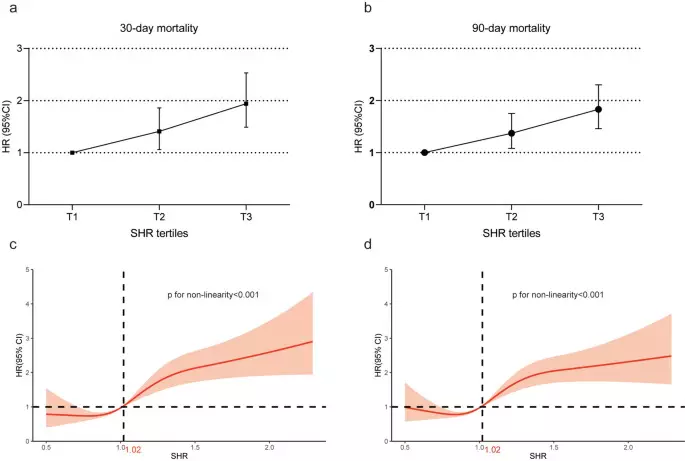From Complexity to Clarity: Study Sheds Light On The Rise of Graphical Abstracts and Infographics in Scientific Research

India: A recent review published in Apollo Medicine delves into the significance of graphical abstracts (GAs) and infographics (IGs) in enhancing the dissemination of research. These tools have revolutionized how scientific findings are communicated in the digital age by converting complex data into visually appealing summaries.
The study highlights that GAs and IGs not only make research more accessible to scientists and the general public but also improve comprehension, engagement, and retention of information. Using strategic layouts, appropriate colors, and interactive elements, these visuals distill essential details without overwhelming viewers with technical jargon.
In the ever-evolving landscape of scientific communication, GAs and IGs have emerged as transformative tools that bridge the gap between intricate research findings and diverse audiences. Historically, visual elements have played a crucial role in science, as demonstrated by Charles Darwin’s evolutionary trees. Over time, these visual representations have evolved into sophisticated and engaging formats, reshaping how scientific data is shared and understood.
Against the above background, the researchers examined the evolution, impact, and design principles of these tools in scientific communication, emphasizing their importance in the digital age.
The study’s lead author Dr. Madhan Jeyaraman, Department of Orthopaedics, ACS Medical College and Hospital, Dr MGR Educational and Research Institute, Chennai, Tamil Nadu, India, speaking to Medical Dialogues, emphasized the critical role of these tools, stating, “Our study reveals that graphical abstracts and infographics are pivotal in transforming complex scientific data into visually engaging and easily understandable formats. By bridging the gap between intricate research findings and diverse audiences, these visual tools enhance comprehension, engagement, and retention of information. This advancement significantly contributes to scientific communication by making research more accessible and appealing in today’s digital landscape.”
Dr. Jeyaraman provided practical recommendations for researchers aspiring to incorporate GAs and IGs into their work effectively. These include focusing on clarity and simplicity, utilizing specialized software such as Adobe Illustrator or Canva, and collaborating with professional designers to elevate the quality of visuals. He also urged adherence to best practices like hierarchical structuring, clear labeling, and the thoughtful use of colors to maximize impact.
The review further explored how journals and publishers could promote the adoption of these tools. Suggestions included offering standardized templates, conducting training sessions, and showcasing successful examples where GAs and IGs significantly enhanced research visibility.
While the study emphasizes the transformative potential of these visual tools, it also acknowledges certain limitations. Co-author Dr. (Prof) Raju Vaishya, Department of Orthopaedics and Joint Replacement Surgery, Indraprastha Apollo Hospitals, New Delhi, India, highlights the need for empirical research to evaluate their long-term impact on public engagement and scientific literacy. Future directions include exploring the role of emerging technologies like Augmented Reality (AR) and Virtual Reality (VR) in creating immersive scientific experiences.
“Unique to this study is its comprehensive analysis across multiple scientific disciplines, coupled with actionable insights derived from examples in Apollo Medicine. This dual focus offers valuable guidance for both academic and public audiences,” Dr. Vaishya remarked.
Dr. Jeyaraman emphasized the importance of maintaining scientific integrity while creating GAs and IGs. He added, “Our study also highlights the promising role of Artificial Intelligence (AI) in automating and enhancing the creation of these visuals, as well as the potential of AR and VR to offer immersive scientific experiences. Ethical considerations and standardized guidelines will further strengthen the reliability and impact of visual science communication.”
Dr. Jeyaraman concluded, “Embracing GAs and IGs represents a significant step forward in making scientific research more accessible, engaging, and impactful for a broad range of audiences.”
Reference:
Jeyaraman, M., Jeyaraman, N., Ramasubramanian, S., Vaish, A., & Vaishya, R. (2024). Decoding Research with a Glance: The Power of Graphical Abstracts and Infographics. Apollo Medicine. https://doi.org/10.1177/09760016241281426
Powered by WPeMatico









